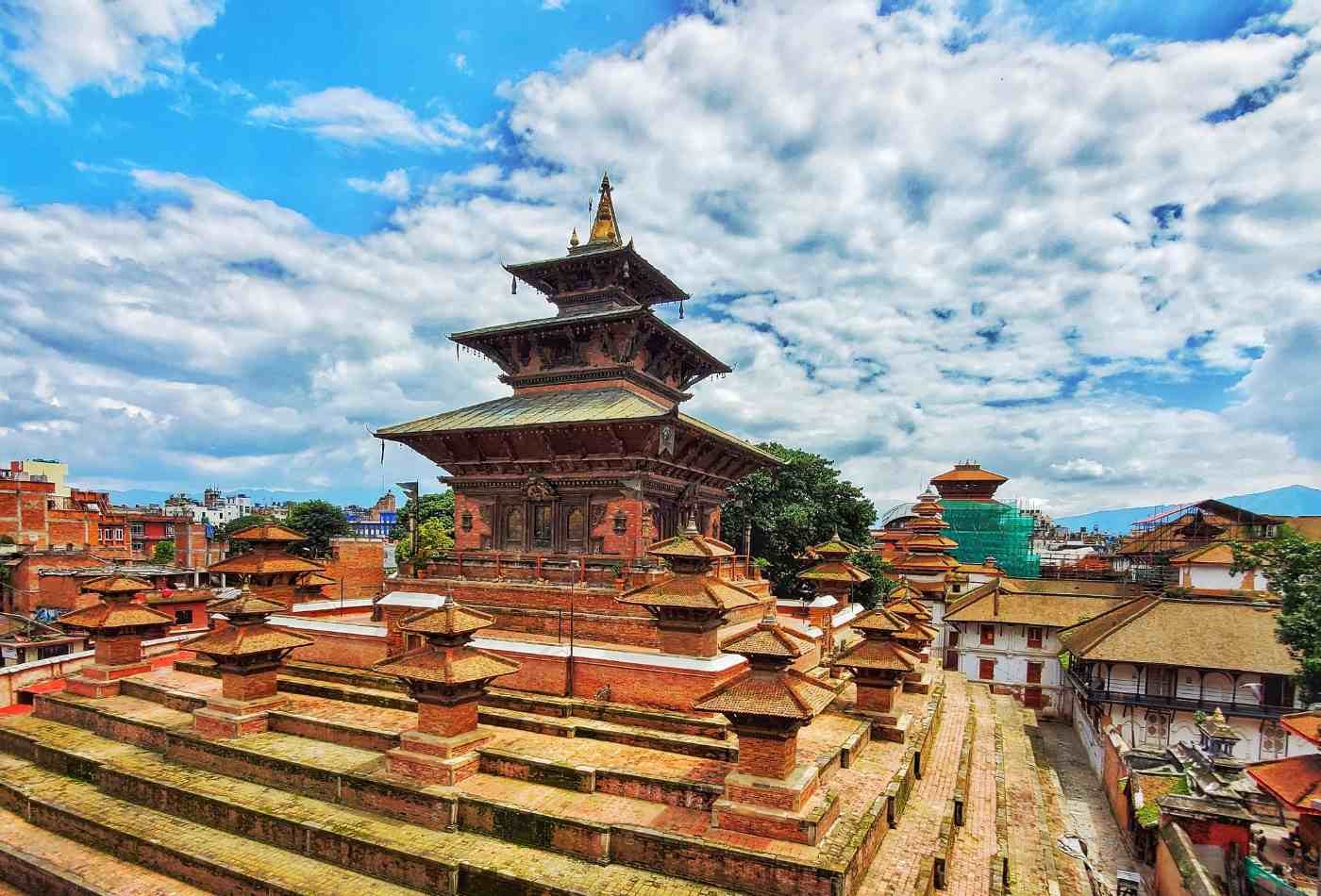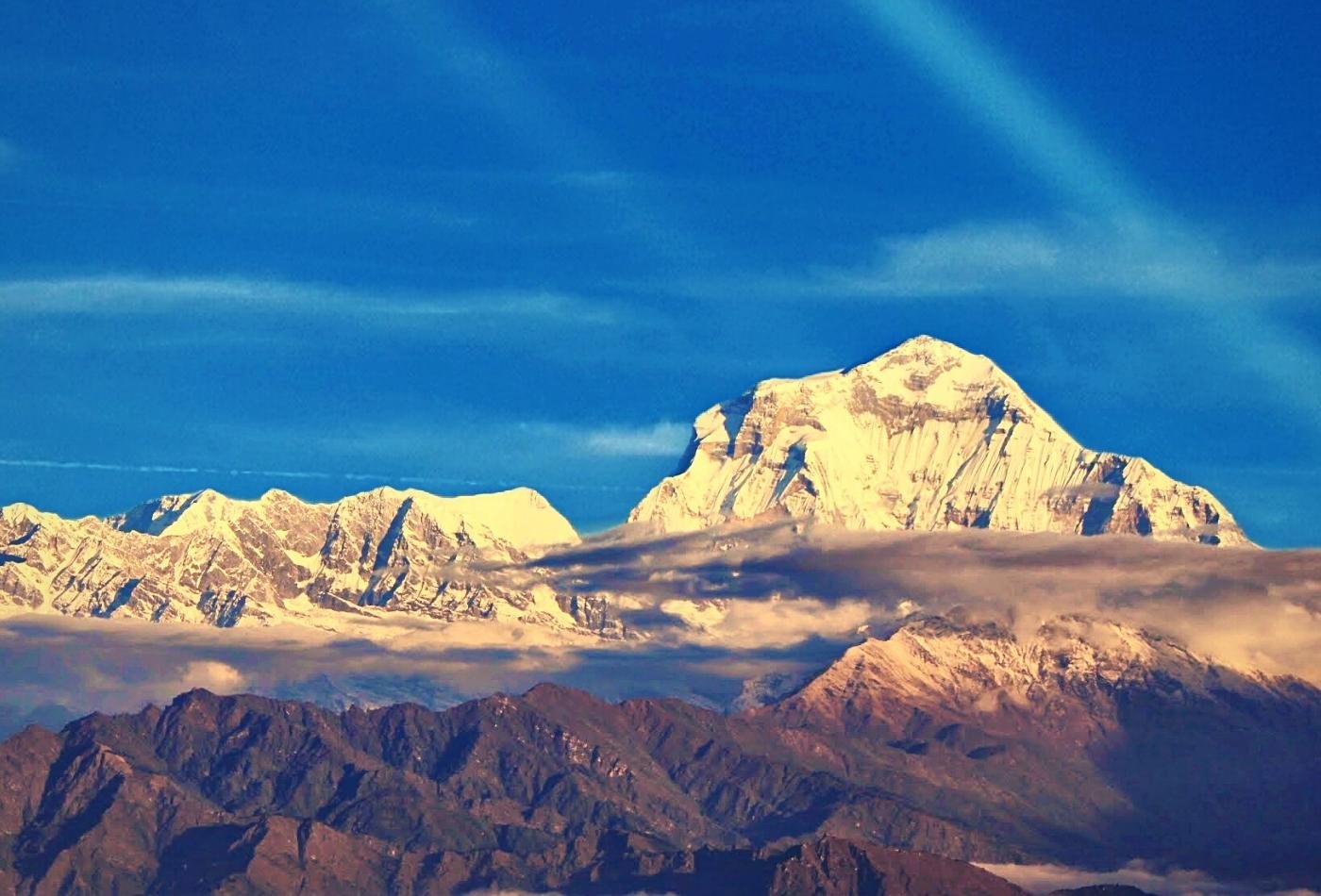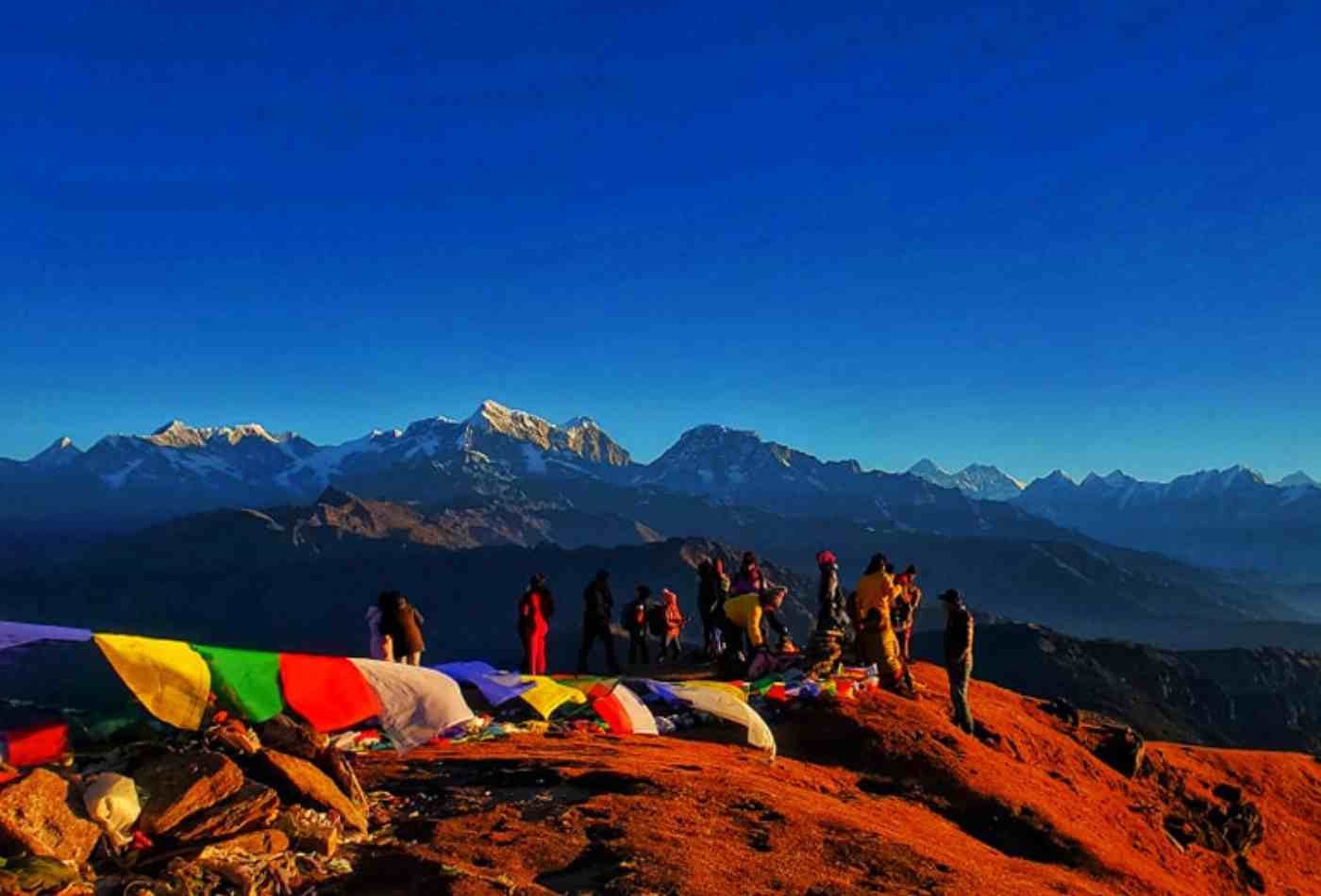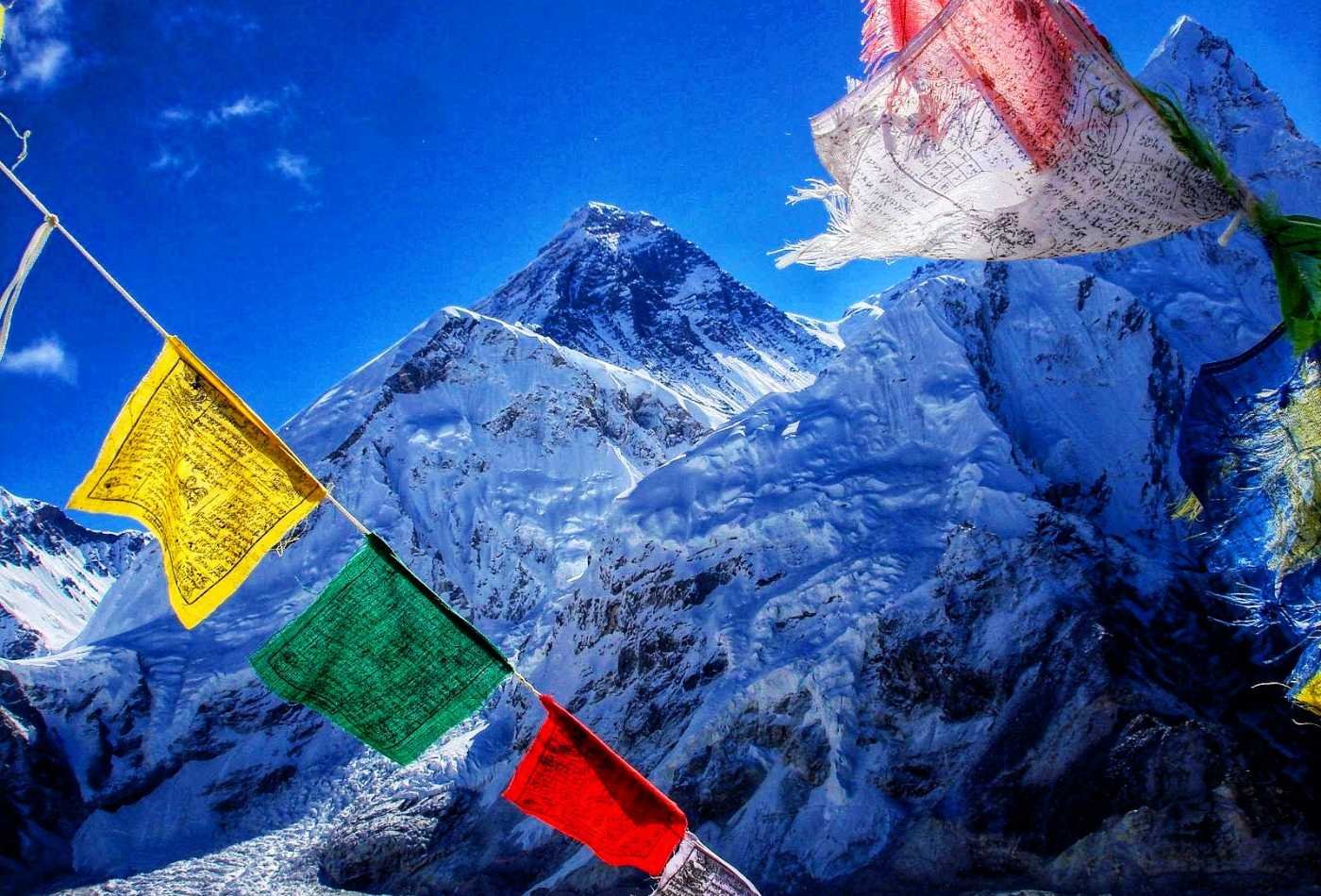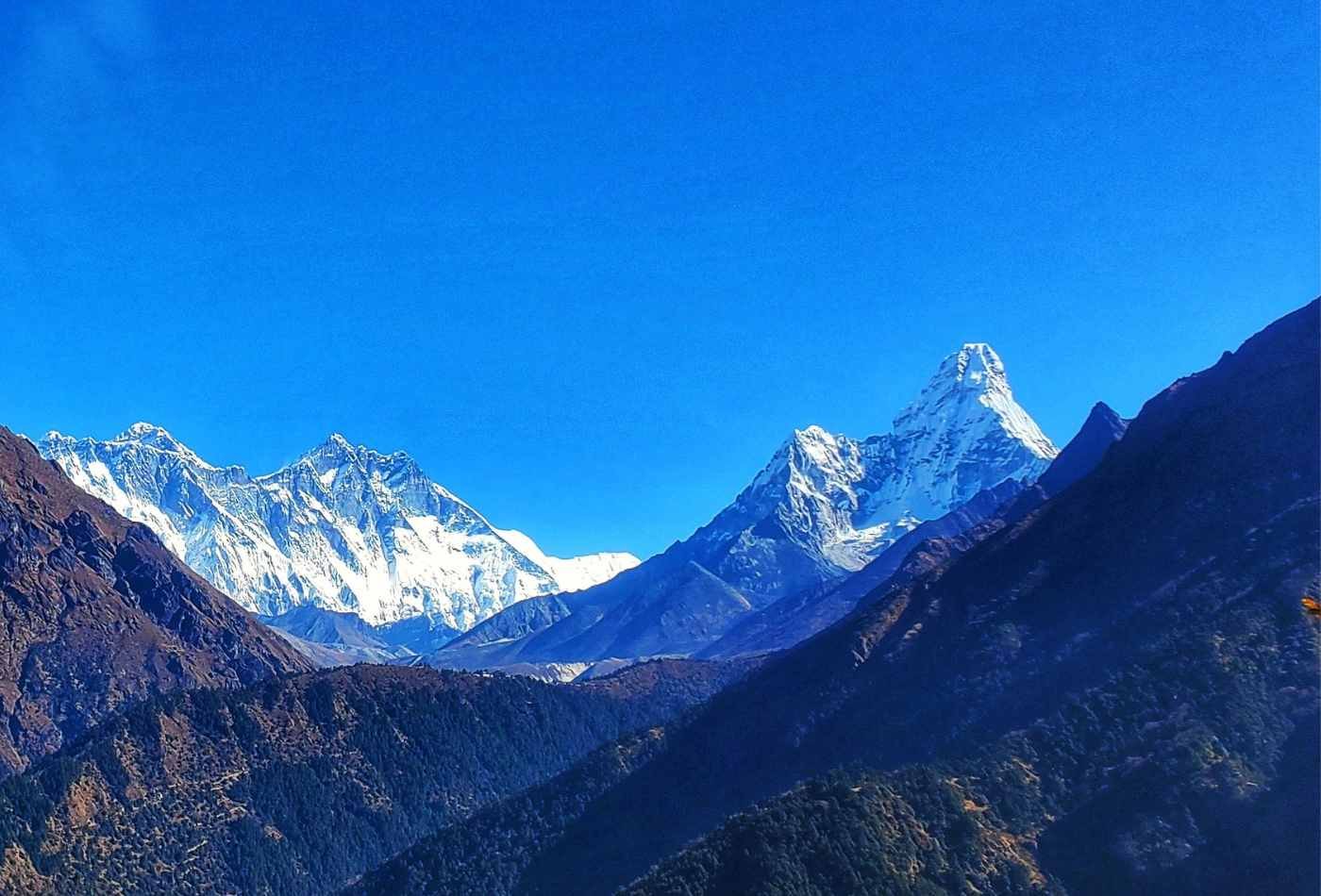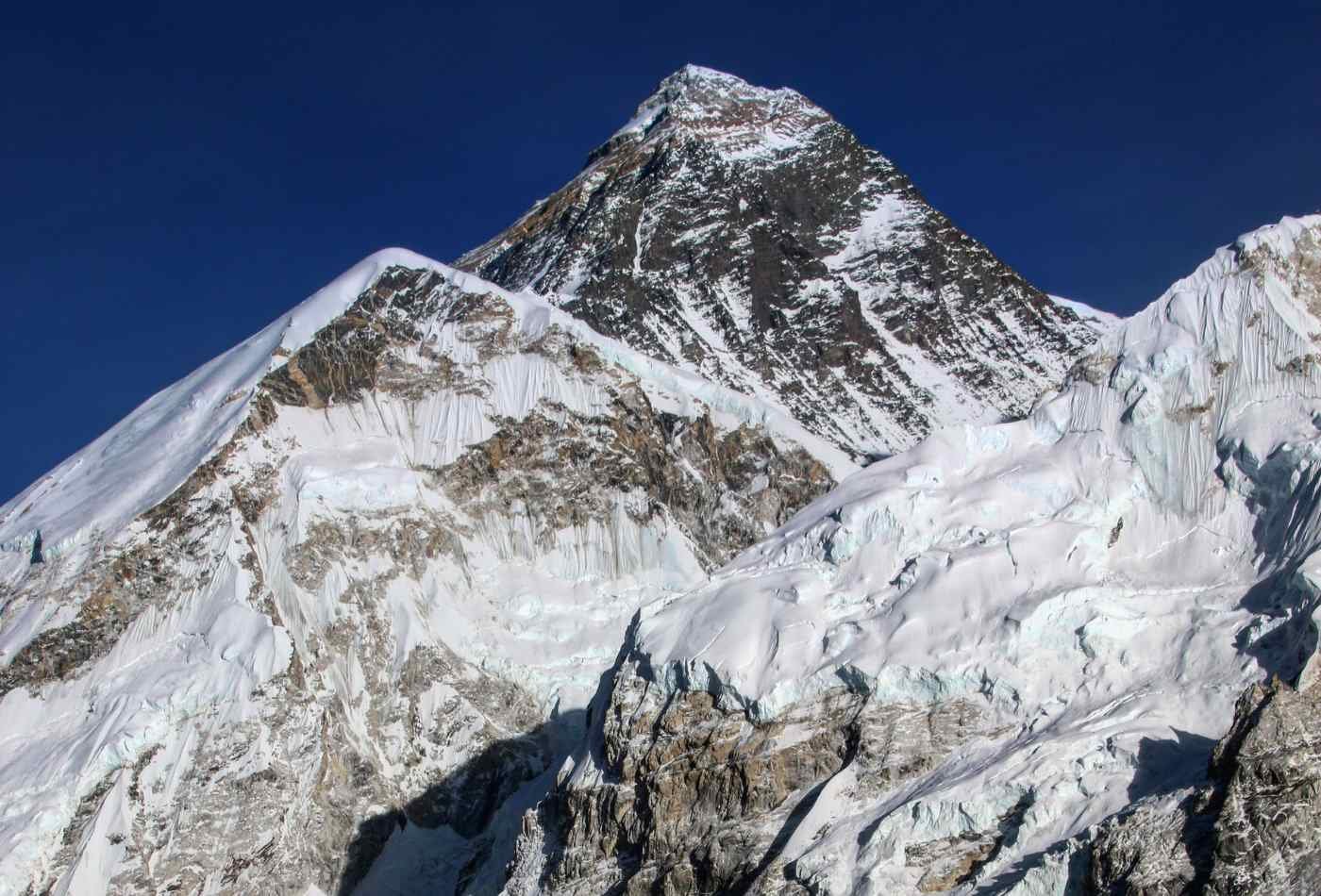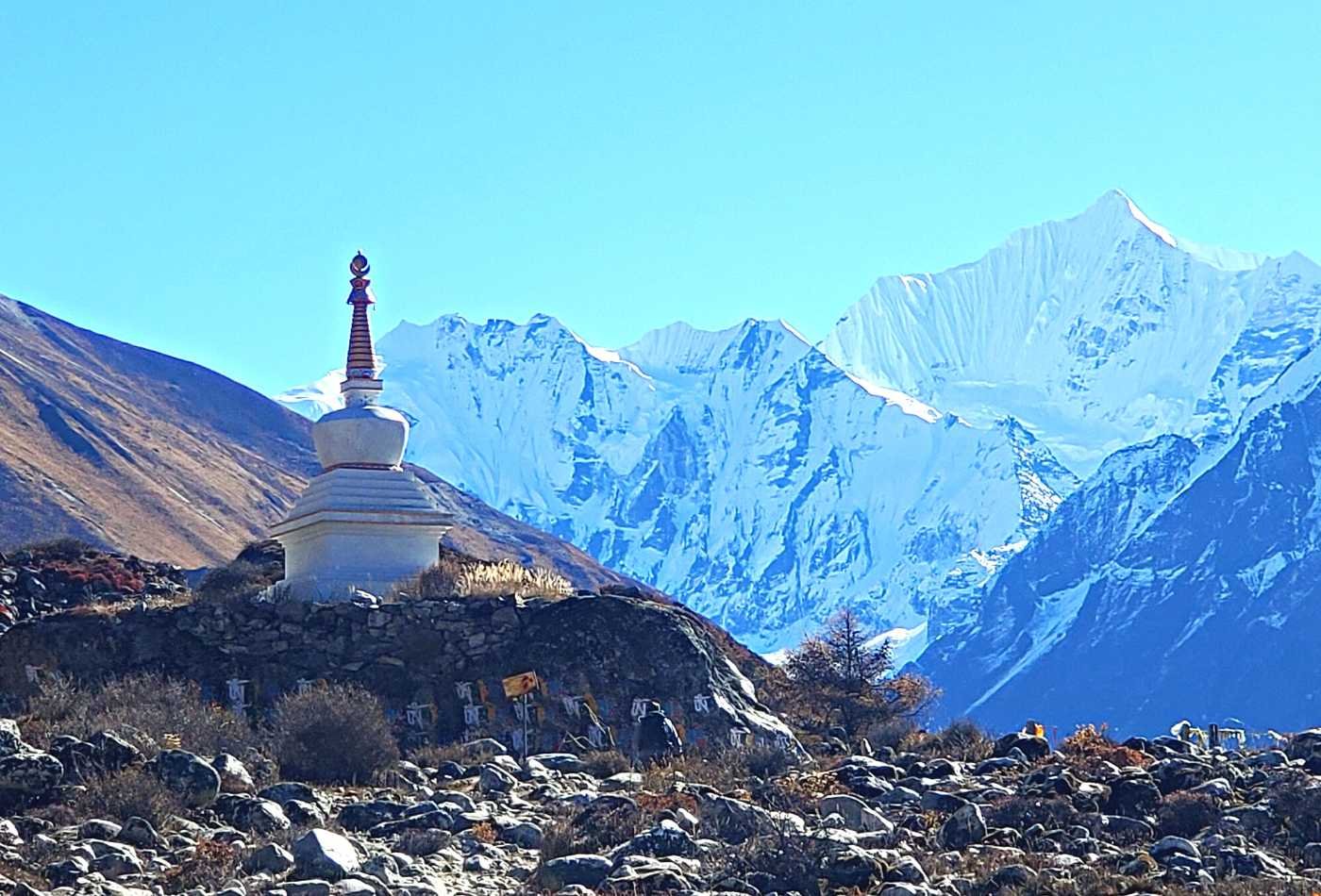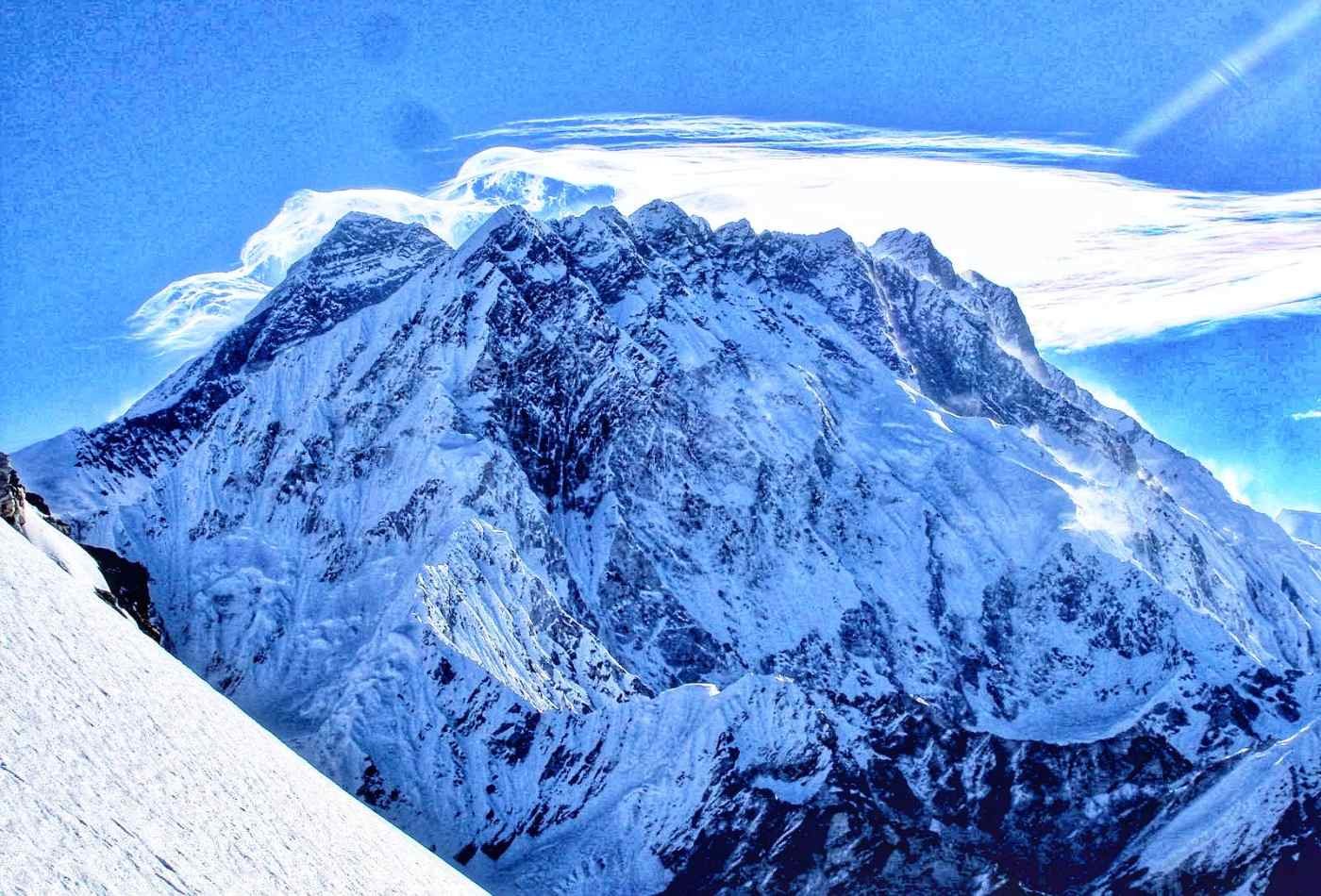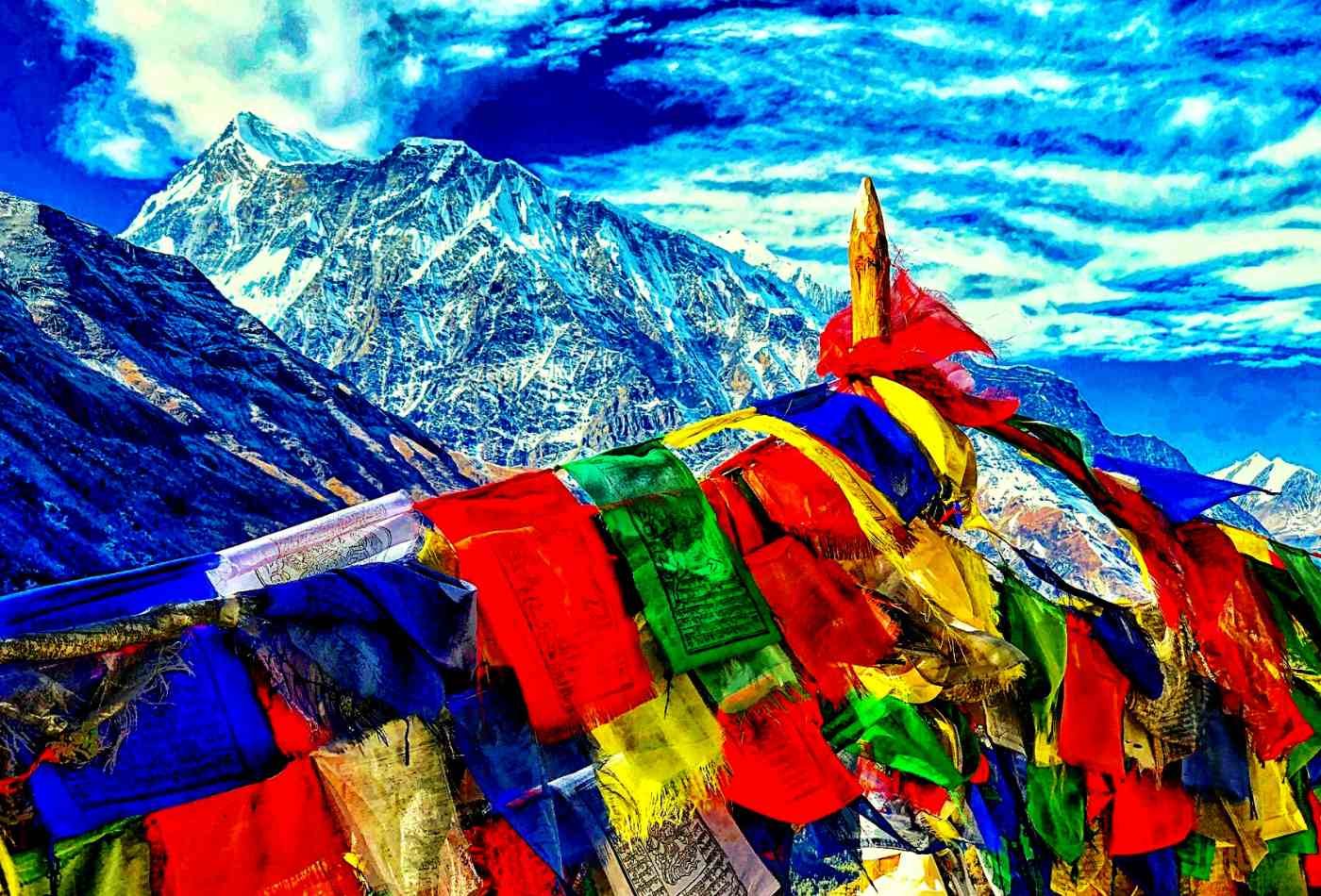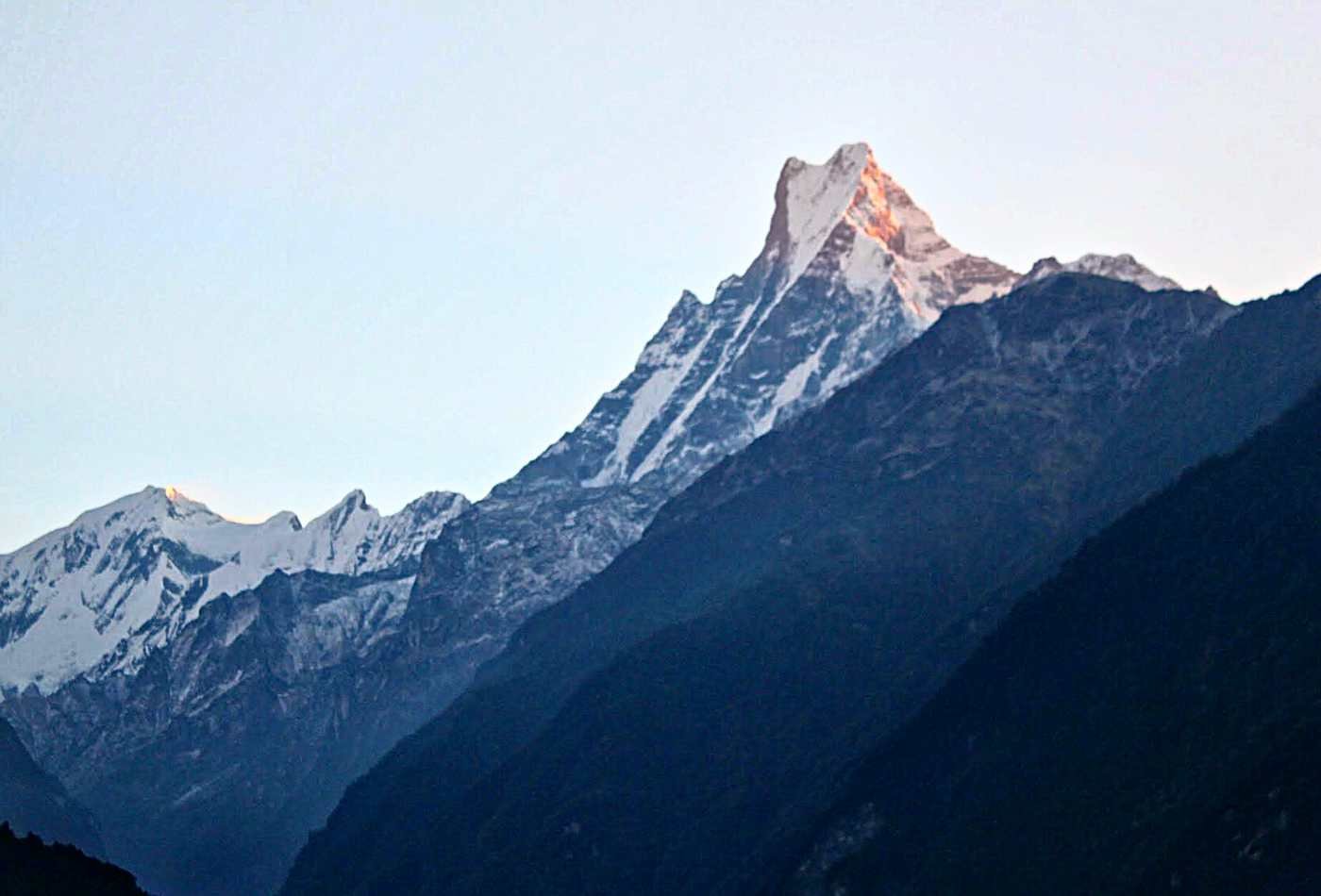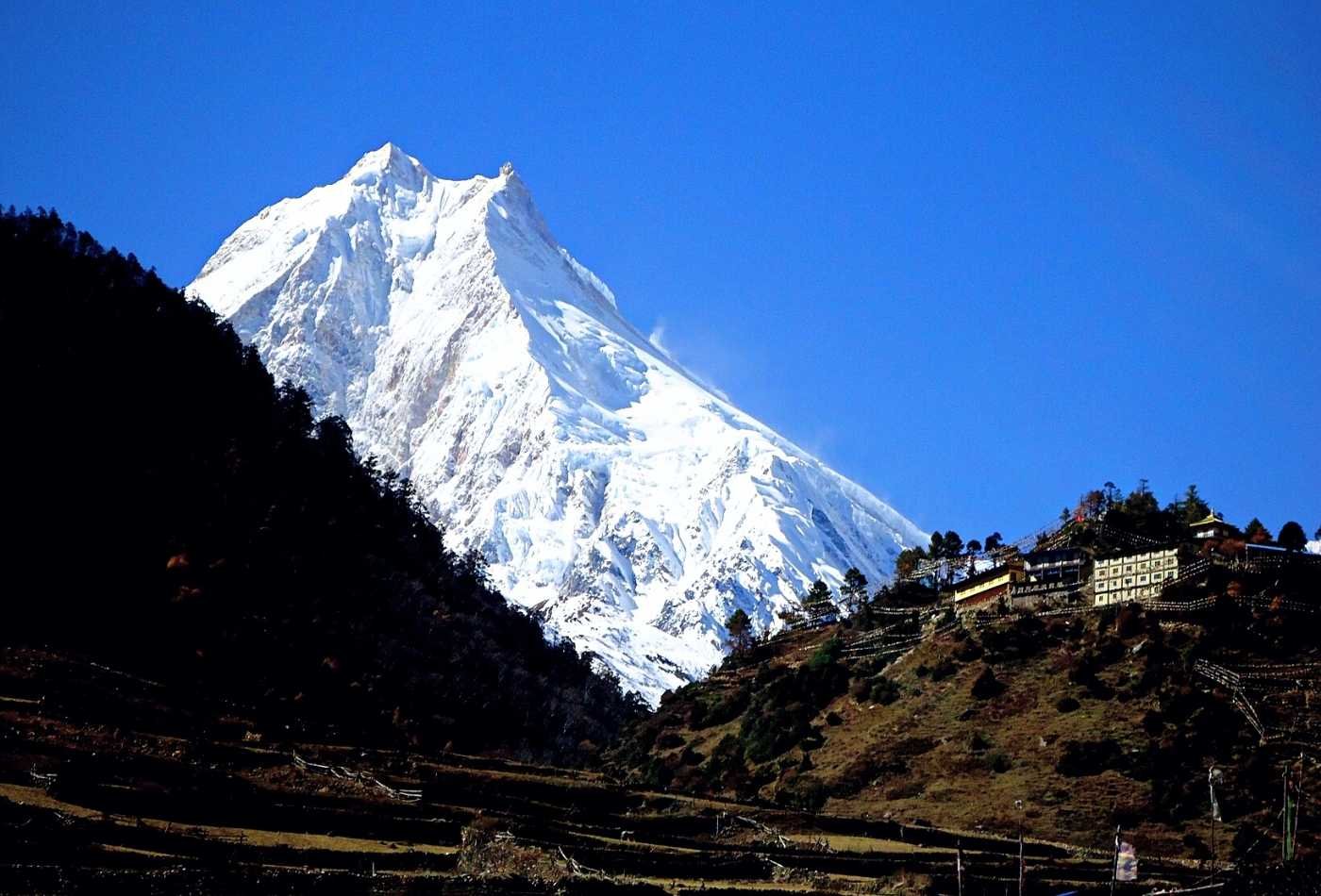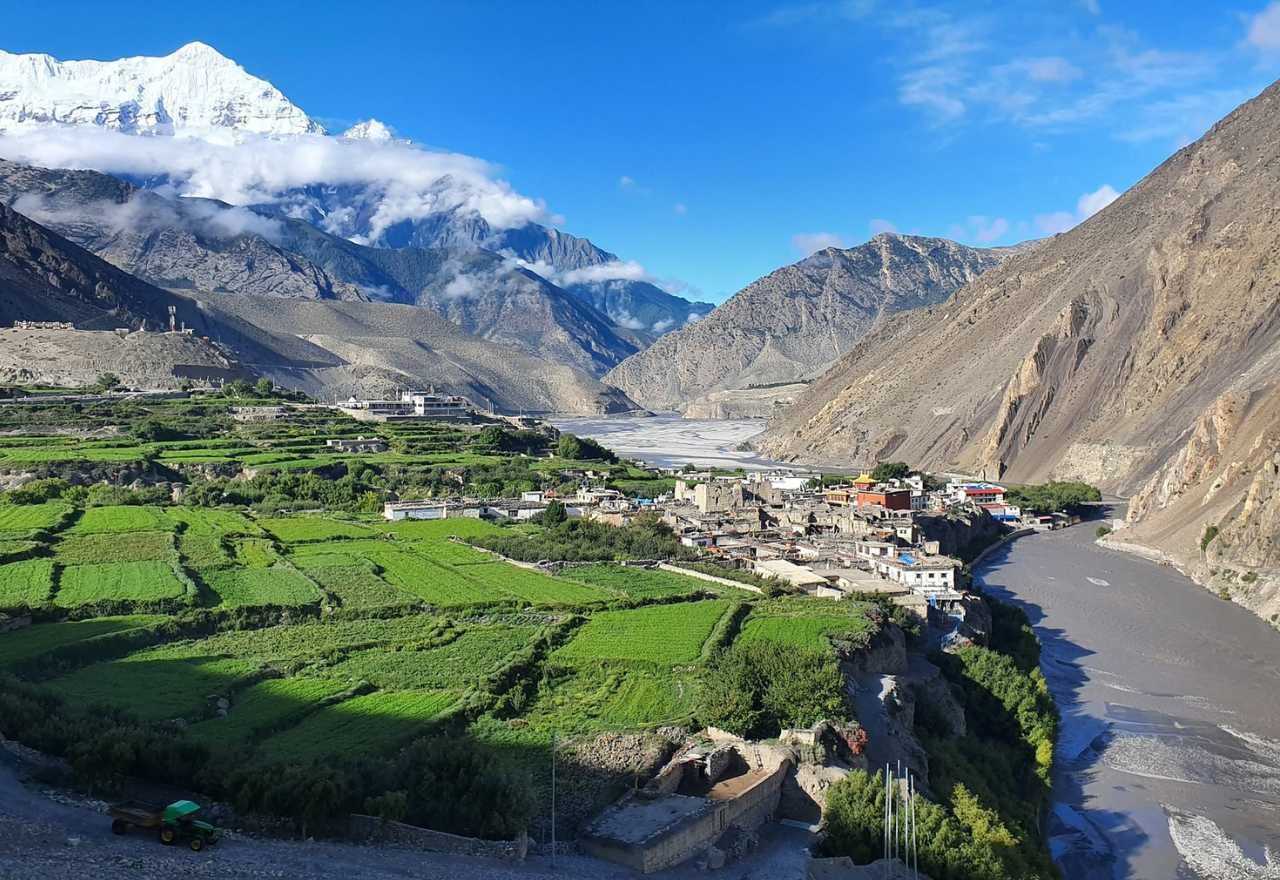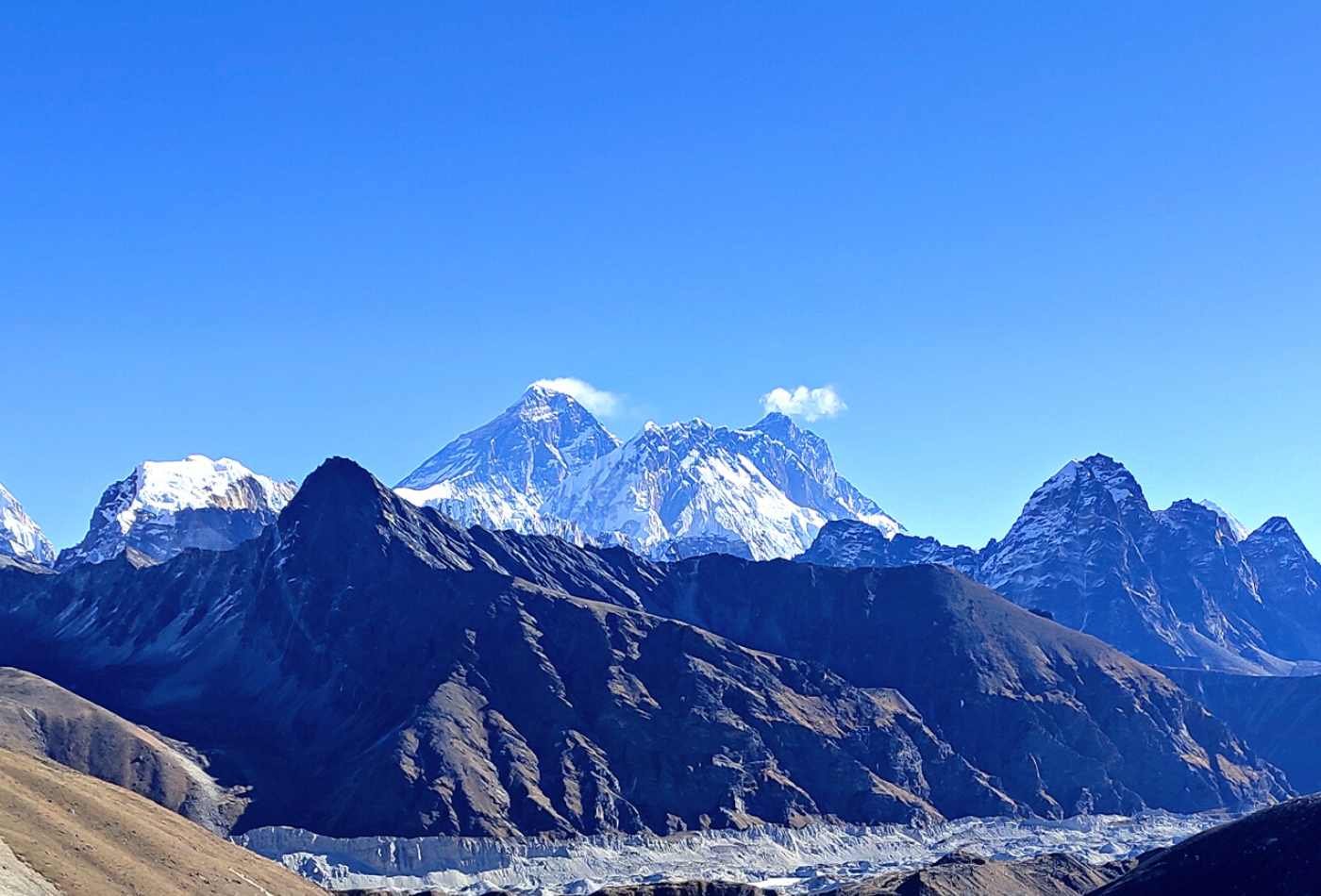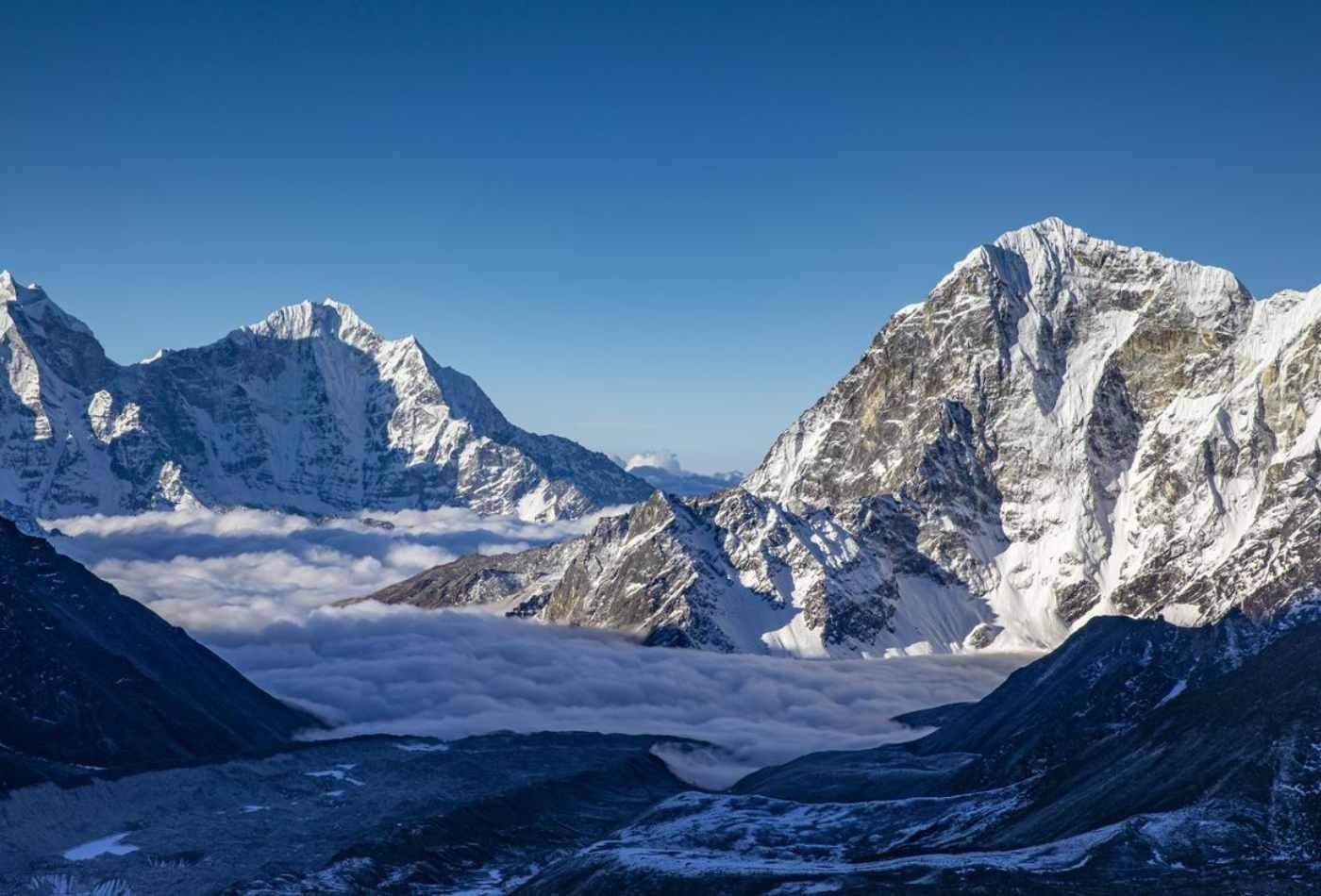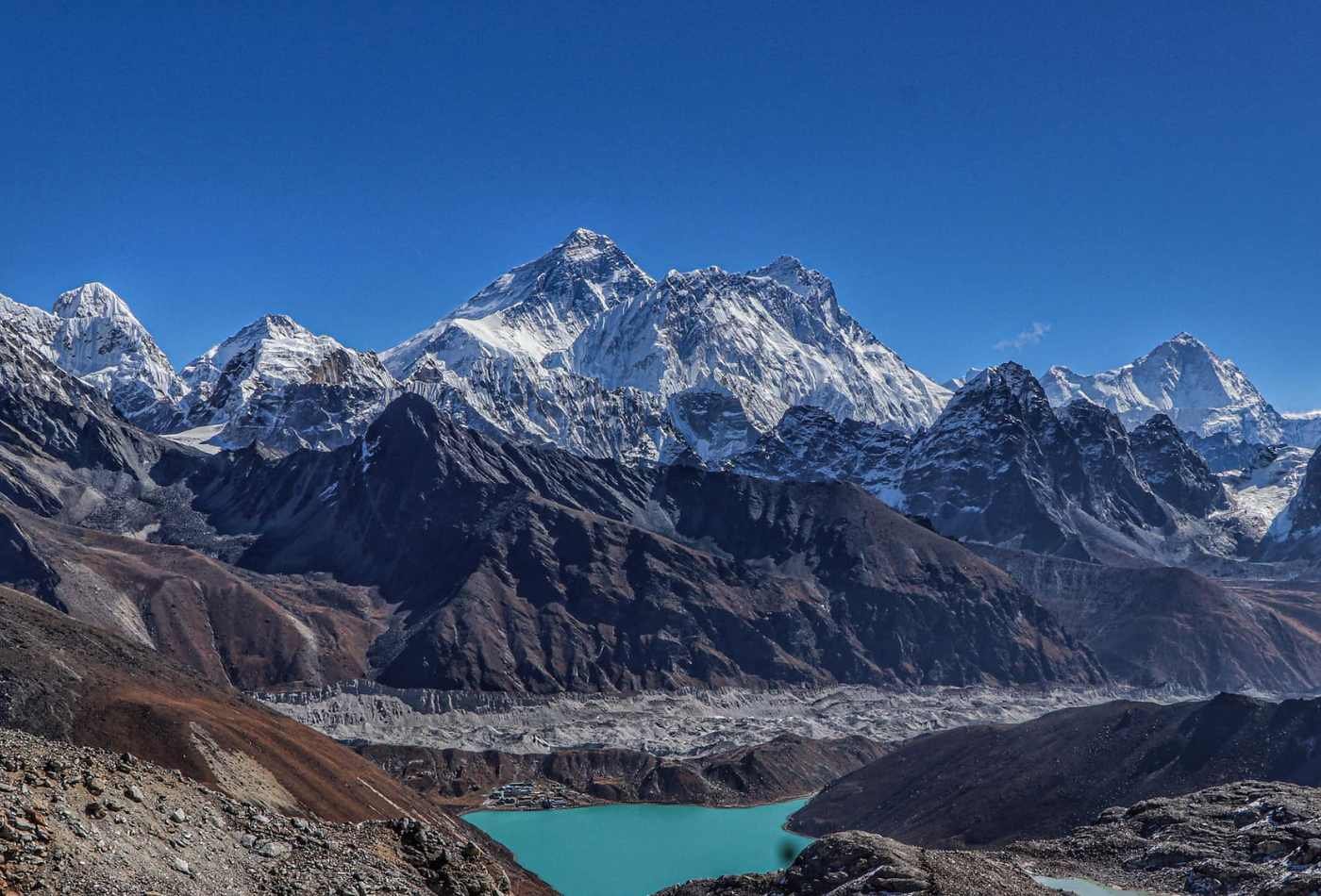VISA
Travelers arriving in Nepal via the immigration office at the airport or a land border can receive on-arrival visas. A passport must have six months remaining validity or more at the time of entry.
Visa fee
15 Days – 30 USD
30 Days – 50 USD
90 Days – 125 USD
To save time at the airport fill out an online visa application within 15 days of entering Nepal. Here is a link for the online visa application: https://nepaliport.immigration.gov.np Choose the visa-on-arrival option then in pop up window choose the entry point as Tribhuvan International Airport (TIA)
After you submit your application you will get a submission Receipt with a barcode, please print it out and bring it along for acquiring a visa. It works for fifteen days and becomes invalid then after. If so, you will have to fill it up again.
For more information visit:
Department of Immigration Nepal
Travel.State.Gov

